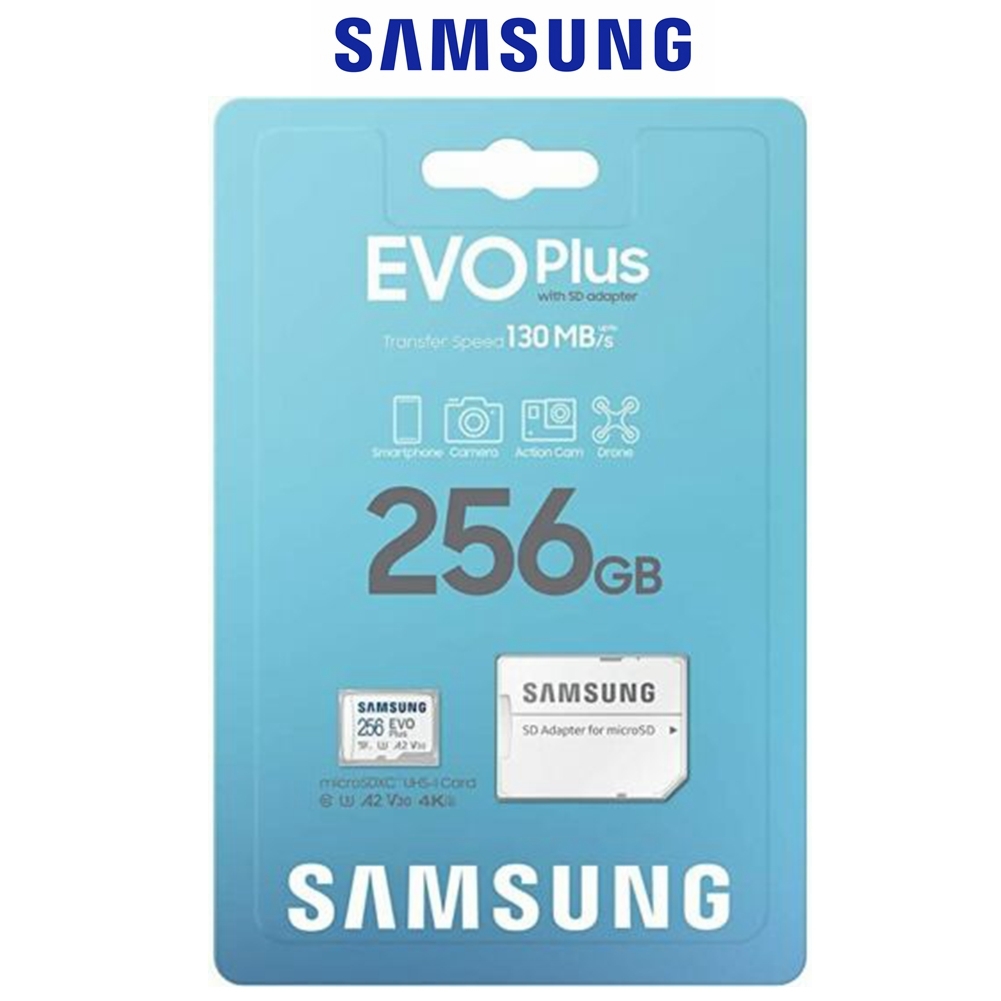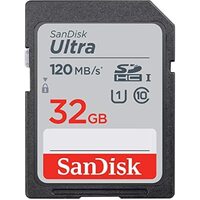A Guide on How to Choose The Right Memory Card for Your Camera
By: Red Dela Peña
There's no better way to preserve memories than with a reliable memory card. Thanks to technological advancements, cameras and other gadgets have become a necessary part of our lives, enabling us to record and relive our favourite moments repeatedly.
Although most gadgets have built-in storage, this storage is typically small. Memory cards can help by offering greater room for storing files like images, videos, music, etc. However, not every memory card is made equally. Selecting the best one for your needs is crucial to ensure your priceless memories are accessible and secure.

Types of Memory Cards
There are various types of memory cards available in the market, but the most commonly used ones are:
SD Cards
Secure Digital (SD) cards are the most common type of memory card used in cameras today. They come in different formats, including SDHC (Secure Digital High Capacity) and SDXC (Secure Digital Extended Capacity). SD cards are versatile and compatible with most camera models, making them popular for photographers.
MicroSD Cards
MicroSD cards are smaller versions of SD cards, often used in devices like smartphones and action cameras. While they can also be used in digital cameras with an adapter, they are generally not recommended for high-performance photography due to their slower data transfer speeds.
CompactFlash Cards
CompactFlash (CF) cards are typically used in professional-grade cameras due to their high storage capacities and excellent data transfer rates. They are bulkier than SD cards but offer superior performance, making them ideal for shooting in burst mode or capturing high-definition video.
XQD Cards
XQD cards are designed for high-end cameras that require fast read and write speeds. These cards are built to handle the demands of 4K video recording and high-speed continuous shooting. Though expensive, they are becoming increasingly popular among professional photographers for their reliability and performance.
Factors to Consider When Choosing a Memory Card
When selecting a memory card for your camera, there are a few key factors to consider:
Storage Capacity
Storage capacity is one of the most crucial factors to consider when choosing a memory card. It determines how many photos and videos you can store. A card with 32GB to 64GB of storage might suffice for casual photography. However, if you are into professional photography or videography, you may need cards with 128GB or more to avoid running out of space during a shoot.
Speed Class
The speed class of a memory card indicates how quickly data can be written to and read from the card. This is especially important for photographers who shoot in burst mode or record high-definition videos. Look for cards with a UHS (Ultra High Speed) rating or V (Video Speed) class for optimal performance.
Brand Reliability
Not all memory cards are created equal. Some brands are known for reliability and durability, while others may fail unexpectedly. Investing in reputable brands like SanDisk, Lexar, or Samsung is always wise to ensure that your data is safe and the card performs well under different conditions.
Determining the Right Memory Card for Your Camera
The type of memory card your camera supports will depend on the model and brand. Most modern cameras are compatible with SD (Secure Digital) cards, which come in different sizes like standard SD, microSD, and miniSD. CompactFlash (CF) and XQD are cards mostly used in professional-level cameras. To determine the right memory card for your camera:
Check Camera Specifications
Always refer to your camera's user manual to see the recommended types of memory cards. Different cameras have different requirements, and using an incompatible card can lead to performance issues or even data loss.
Consider Your Photography Needs
Think about what you primarily use your camera for. If you often shoot fast-action scenes or record high-resolution videos, opt for a card with high read and write speeds. A standard SD card with moderate speed for general photography should be sufficient.
Keep Your Budget in Mind
While it's tempting to go for the highest capacity and fastest speed, balancing your needs with your budget is essential. High-end cards can be quite expensive, so choose one that meets your requirements without breaking the bank.
Tips for Maintaining and Managing Your Memory Cards
Proper care and management of your memory cards can extend their lifespan and prevent data loss. Here are some tips to keep in mind:
Store It Well
Store your memory cards in a protective case to prevent physical damage. Avoid exposing them to extreme temperatures or moisture, as these can corrupt the data stored on the card.
Regularly Back Up Your Data
Always back up your photos and videos to a computer or an external hard drive. Regular backups ensure that you won't lose valuable data if your memory card fails.
Format the Card in Your Camera
Instead of deleting files individually, format the card in your camera after transferring the data. This helps maintain the card's performance and reduces the risk of file corruption.
Case Studies and Examples
Case Study 1
John, a professional wildlife photographer, switched from an SD card to a CF card for his high-speed camera. The result? He could capture rapid sequences without any lag, significantly improving his workflow during shoots.
Case Study 2
Emma, an amateur vlogger, initially used a microSD card for her DSLR. After experiencing frequent buffering issues, she upgraded to an SDXC card with higher speed ratings. Her video quality improved, and she could record longer segments without interruptions.
Case Study 3
Sam, a travel photographer, learned the hard way about brand reliability. Choosing a cheaper, unbranded memory card led to data corruption during a crucial shoot. Since then, he has stuck to trusted brands like SanDisk and hasn't faced any issues.
By understanding the different types of memory cards, considering essential factors like storage capacity and speed class, and following best maintenance practices, you can ensure that your card performs optimally. Remember, a little investment in a high-quality memory card can go a long way in preserving your precious moments.
Explore our range of recommended memory cards and find the perfect match for your camera today.








